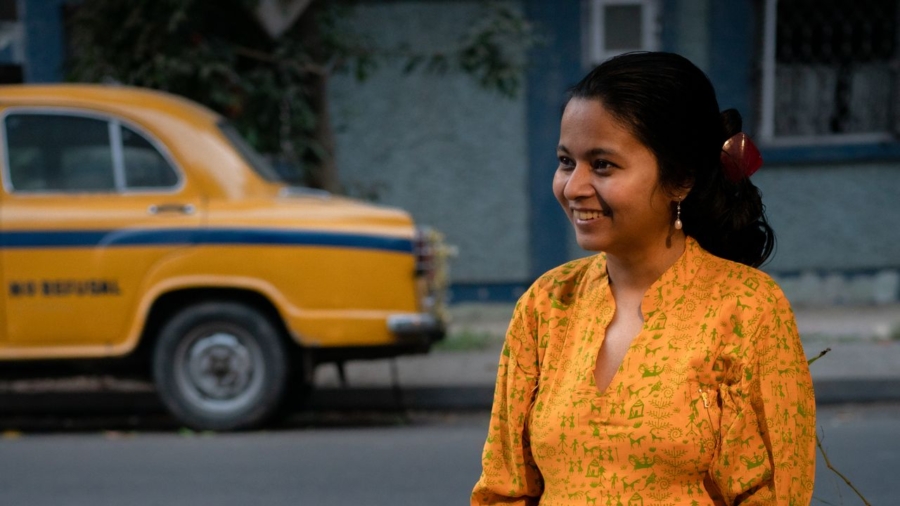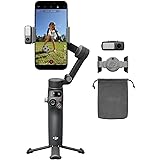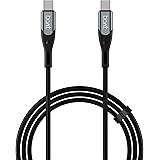My grandmother needs nighties: large ones with front-opening yokes that can be pulled down over her head. Soft cotton garments that sit weightlessly on her 95-year-old frame. In pastel colours only, please. As I trudge up and down Bengaluru’s Commercial Street seeking this delicate combination, I know these voluminous gowns do little justice to her dignified self. But for her stiff arms and corroded knee joints, what other options exist?
Clothes are everywhere—in malls, bottomless online feeds, in the stand-alone textile shops that dot our neighbourhoods—creating the illusion of infinite choice. But for those whose bodies carry visible and invisible markers of what society construes as ‘nonconformity’—be it disability, age or even a temporary affliction such as a frozen shoulder—suitable clothing is elusive.
Soumita Basu would know. At 29, she was all set to pursue a master’s degree in the Netherlands. Even though she walked with a limp and bore niggling aches, nothing signalled the loss of mobility from an autoimmune disorder that was about to upend her life. Soon even everyday tasks like changing clothes became cumbersome and painful.
“In 2018 and 2019, I googled adaptive clothes but nothing was available in India. The stuff from the US or Canada was too expensive and not compatible with our culture, climate or aesthetics.” Fuelled by her own necessities and the gaping holes in the market, Basu cofounded Zyenika, a pioneering adaptive fashion line, with her mother. She went on to create an entire range comprising elegant front-open dresses and chic no-bend pants that could be worn easily by individuals with limited locomotive ability or dexterity.
Recent years have witnessed the birth of several homegrown inclusive fashion brands. At Multifly’s basement studio in Bengaluru, cofounder Brinda Pancholi demonstrates the nuances of a maroon top with magnetic buttons, a shirt with tactile designs for persons with visual impairment, a pair of trousers with two-way zippers and discreet alterations to conceal catheter bags or stoma pouches. These adaptations cater to a spectrum of needs and are significant. Yet, the difficulties faced by persons with disabilities or older people go beyond design, into more structural issues.
Sangita Thakur is a disability inclusion consultant. Her Instagram grid makes me gasp as I marvel at the saris—Paithanis, Kanchipurams, Banarasis—that flash by in a riot of colour. Before she began to lose her mobility due to a progressive disorder, she loved to saunter through the handloom exhibitions in Delhi. As a wheelchair user, those spaces are now largely inaccessible.
Even the malls with their cramped fitting rooms don’t allow her to try on clothes. She must estimate fits based on size charts, cross her fingers and hope for the best. “I don’t seek out specific adaptive brands, but from the mainstream options, I choose designs such as elasticised waistbands that serve my purpose. But my choices are limited.” The one compromise she won’t make is on the saris she wears to work daily. “I can barely stand for the two minutes that it takes to drape one, but I don’t want to sacrifice my personal sense of style.”
Kkanchan Gupta too has a story to tell about sartorial aspiration. At a rehabilitation centre, she met a young man who had just cleared the famously competitive CAT. But his heart was set on another, more ubiquitous goal: a pair of jeans. He asked if she could customise pants that could be pulled up over his prosthetic which led to the creation of her amputee denims at Haxor. We are often guilty of viewing fashion as superfluous, as frivolous desire disconnected from life’s lofty purposes. We forget that a pair of jeans is not just a pair of jeans. It is also agency, identity, a sense of belonging. And that clothes make and unmake us, in both practical and profound ways.
According to a World Bank report, persons with disabilities are estimated to be about 16% of the global population. While older people comprise approximately 10% of India’s population, as per the ‘India Ageing Report 2023’. Despite the significant numbers, searches for adaptive apparel on e-commerce marketplaces throw up few meaningful results; the category seems mostly invisible in large retail stores as well. The West is ahead at least by a few steps with mainstream fashion houses offering inclusive options (Tommy Hilfiger, Primark) alongside specialised brands like IZ, Buck & Buck and Silverts.
“Awareness!” chorus the two friends and cofounders of Anucool, Saritha Kamath and Nalini Venkataramanan, when I ask them on our Zoom call about their biggest challenges. A handful of labels and a large, disparate community with limited autonomy mean most people don’t know that the solution exists, even if in limited ways (for instance, footwear is an underserved category). Kamath says, “There is also some resistance to identifying with the label given the social stigma surrounding disability and ageing.”
The language is alienating. Adaptive fashion or clothing seems to suggest that there are two categories, one regular and another ‘adaptive’, making the latter appear like a compromised option for a ‘less than’ body. But a garment is inherently meant to ‘adapt’ to the human body and not the other way around. This is not a niche requirement; it is a fundamental ask from every article of clothing. Fashion and functionality cannot be mutually exclusive.
My grandmother is giving her drapes away and insists I take my pick of her kasavu saris. Her days and nights are spent in nighties; for photographs, a shawl is wrapped over her torso. When Google serves up a memory, I gaze at her steel-grey eyes, still-black hair. Her timeless grace is intact. Only fashion has some distance to walk to meet her.
Also read:
When the fittings are over, this is how Indian models really dress
The Delhi thrift market boom rests on the backs of women cloth recyclers
From bugadi to kaanphool, today’s earring stacks echo centuries of style
Source link
















